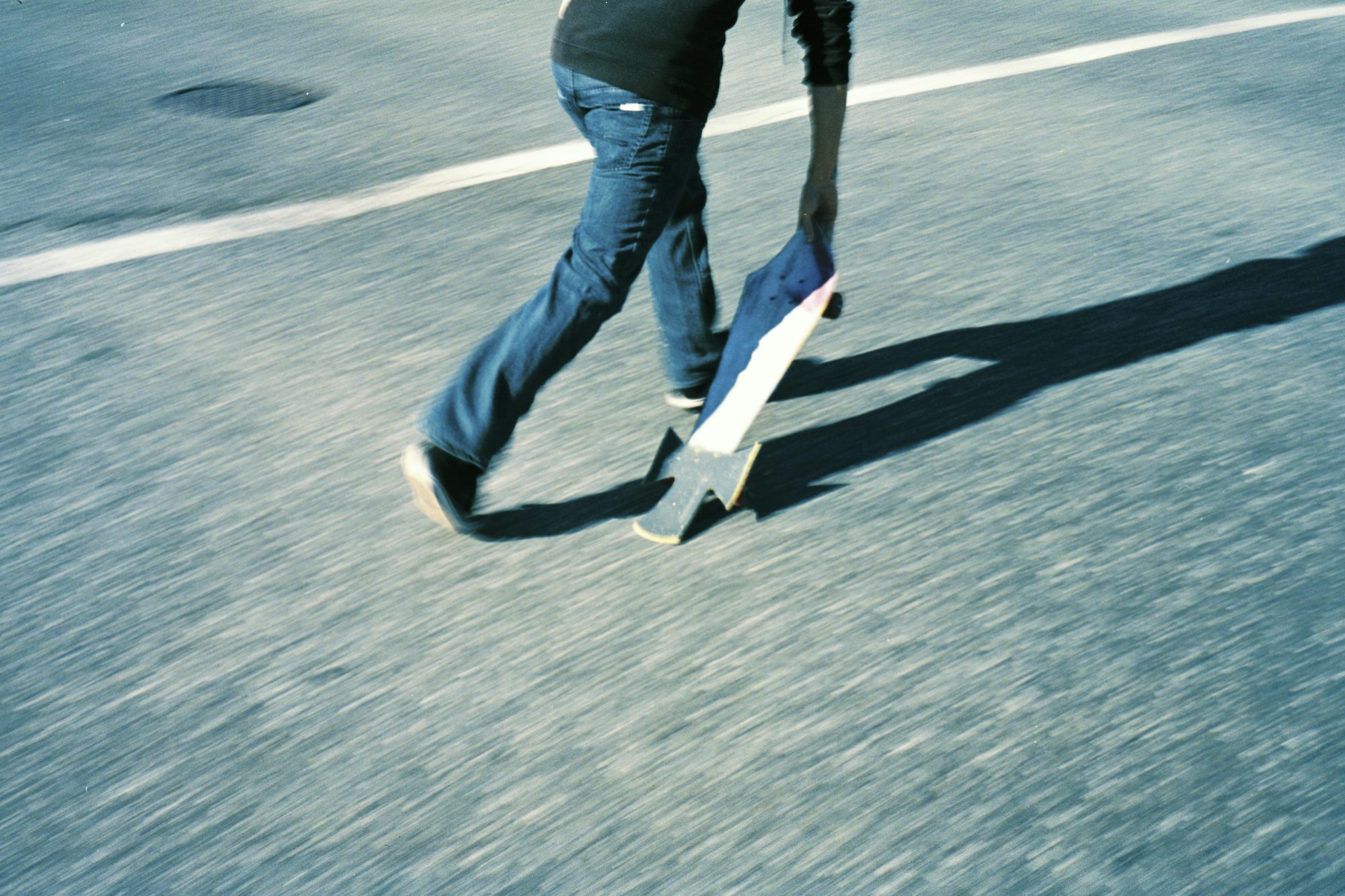
Exploring the Evolution of Skateboarding Styles
An in-depth look at the various styles of skateboarding, their historical roots, and how they continue to evolve in contemporary culture.Street skateboarding, perhaps the most recognized style, emerged in the 1970s as skaters began to use urban environments as their playgrounds. What started as a rebellion against traditional skateparks soon evolved into a creative expression that transformed everyday objects—like stairs, handrails, and curbs—into innovative obstacles. Street skating emphasizes technical skill and creativity, encouraging riders to improvise and adapt their tricks to the unique challenges presented by their surroundings. This adaptability is what makes street skating so appealing; each skater's interpretation of an environment is a reflection of their personal style and approach.
Vert skateboarding, another prominent discipline, finds its roots in the same era but takes a different approach. Originating in empty swimming pools and halfpipes, vert skating focuses on aerial tricks and gravity-defying maneuvers. The thrill of launching off the walls of a ramp offers a sense of freedom that has captivated generations of skaters. Mastering vert skating requires not only physical skill but also an understanding of the physics of motion. Riders must learn to navigate their speed and trajectory to execute tricks like grabs, flips, and spins. The exhilarating rush of soaring high above the ramp epitomizes the adrenaline-fueled spirit of skateboarding.
Bowl riding, closely related to vert, has gained popularity as more skateparks incorporate bowl-like structures. Skaters carve through the transitions of these bowls, combining elements of speed, flow, and style. The essence of bowl riding lies in its rhythmic movement; skaters utilize the curvature of the walls to maintain momentum while executing tricks. This discipline emphasizes fluidity and creativity, as riders link tricks in seamless sequences. The aesthetic appeal of bowl riding is further enhanced by the camaraderie among skaters who share the experience of navigating the curves together.
Freestyle skateboarding, which focuses on technical tricks performed on flat surfaces, adds another layer of artistry to the sport. This style highlights balance, precision, and creativity, allowing skaters to express themselves through intricate footwork and unique combinations. Freestyle has its roots in the 1970s and has evolved significantly, often drawing inspiration from various dance forms. Skaters who excel in freestyle often develop their own signature routines, blending tricks in a way that showcases their individuality. This creativity not only challenges skaters technically but also serves as a canvas for self-expression.
Longboarding, a variant of skateboarding, emphasizes cruising and carving over tricks. It offers a different experience, allowing riders to travel longer distances while enjoying the scenery. Longboarding has roots in the surfing culture of the 1960s, and its appeal lies in its smooth, relaxed style. Riders can navigate hills, urban landscapes, or coastal roads, focusing on balance and control rather than performing tricks. Downhill longboarding, a sub-discipline, brings a thrill of speed, requiring riders to master techniques for maintaining stability and control during high-speed descents.
Slalom skateboarding, another unique style, revolves around navigating a course marked by cones. This discipline emphasizes agility, precision, and technique. Skaters weave in and out of the cones, showcasing their maneuverability and control. Slalom skating requires an understanding of weight distribution and body positioning, as riders must shift their weight to maintain speed while executing sharp turns. This style is not only a test of skill but also a demonstration of the rider's ability to adapt to changing conditions.
As skateboarding has evolved, so has its culture, which is now increasingly inclusive and diverse. The sport has made significant strides toward welcoming riders of all backgrounds, genders, and abilities. The rise of adaptive skateboarding has been particularly inspiring, as individuals with disabilities are now able to participate in the sport. Organizations and events dedicated to adaptive skateboarding are breaking barriers and providing opportunities for everyone to experience the joy of riding. This inclusivity is a testament to the sport's core values, which emphasize creativity, self-expression, and community.
Moreover, the role of technology in skateboarding cannot be overlooked. Advances in materials and board design have revolutionized the sport, leading to enhanced performance and safety. Skateboards are now constructed using lighter, more durable materials, allowing for greater control and responsiveness. Innovations in wheel technology have also improved the riding experience, enabling skaters to tackle a variety of terrains with ease. As technology continues to evolve, it opens up new possibilities for creative expression and performance in skateboarding.
The skateboarding community thrives on collaboration and mentorship. Many experienced skaters take newcomers under their wing, sharing tips, techniques, and insights that can help them grow. This sense of camaraderie is a cornerstone of the skateboarding culture, fostering connections that transcend age and experience levels. Events and competitions often serve as platforms for skaters to showcase their skills while building relationships with others who share their passion.
As we look to the future of skateboarding, it’s evident that the sport will continue to evolve and adapt. The fusion of styles, the rise of new disciplines, and the growing inclusivity will shape the next generation of skaters. Each style, whether it be street, vert, bowl, freestyle, or longboarding, adds to the rich tapestry of skateboarding culture. This dynamic landscape invites riders to express themselves creatively while pushing the boundaries of what is possible on a skateboard.
In conclusion, the evolution of skateboarding styles reflects the sport's adaptability and resilience. From its humble beginnings to the diverse global culture it is today, skateboarding continues to inspire individuals to find their unique voice and share it with the world. As skaters around the globe embrace their creativity and passion, they contribute to a vibrant community that celebrates the spirit of skateboarding in all its forms. The journey of skateboarding is far from over; it is a continuously evolving art form that will inspire generations to come.